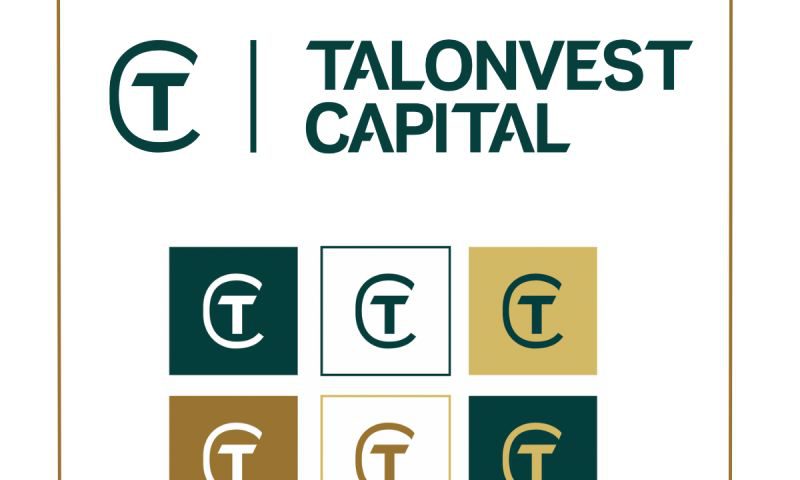As unprecedented amounts of capital flow into the self storage industry, many investors are expressing concerns that the industry has reached a point of over capitalization. In other words, an overabundance of capital relative to the number of investment opportunities has turned capital deployment into a daunting task. As market competition intensifies, some investors are exploring smaller market strategies, which begs the question: is this a last-ditch effort or a logical capital deployment strategy?
Self storage is fueled by necessity driven demand that transcends market size, geography, income, etc. The metrics utilized to evaluate a storage investment such as cap rate, IRR or return on equity, are universally applicable as are storage specific metrics, such as square feet per capita or cost of occupancy. Point being, objective data analysis allows investors to compare opportunities based on fundamentals regardless of market. Below is an example of two properties that are almost identical in terms of age, amenities, configuration, accessibility, location within respective markets and management profile.
Property A
Subject property is located in a rural Midwest market with a total population of approximately 17,000.
- Square Feet: 40,200
- Units: 280
- Physical Occupancy: 98%
- T12 Revenue: $220,000
- Average Annual Rent per Occupied Unit: $865
- Average Annual Rent per Occupied Square Foot: $5.47
- Three-Mile Supply: 49,227
- Three-Mile Population: 17,030
- Three-Mile Square Footage per Capita: 2.9
- Three-Mile Number of Households: 6495
- Three-Mile Average Household Income: $50,450
Property B
Subject property is located in a central plains secondary market with a total MSA population of approximately 645,000.
- Square Feet: 60,100
- Units: 400
- T12 Revenue: $251,000
- Physical Occupancy: 85%
- Average Annual Rent per Occupied Unit: $783
- Average Annual Rent per Occupied Square Foot: $4.92
- Three-Mile Supply: 505,060
- Three-Mile Population: 73,489
- Three-Mile Square Footage per Capita: 6.9
- Three-Mile Number of Households 28,100
- Three-Mile Average Household Income: $50,100
While household income at these locations is almost identical, the smaller market opportunity (Property A) has less supply, higher occupancy, higher revenue per occupied square foot and higher revenue per occupied unit. Generally speaking, smaller market opportunities trade at a relative discount, which means investment metrics for Property A should be higher. Last ditch effort or logical investment strategy? You be the judge.
Seth Bent
Storage Exchange





